Affiliate links on Android Authority may earn us a commission. Learn more.
Industry first: 7-inch Sharp MEMS-IGZO tablet coming H1 2015
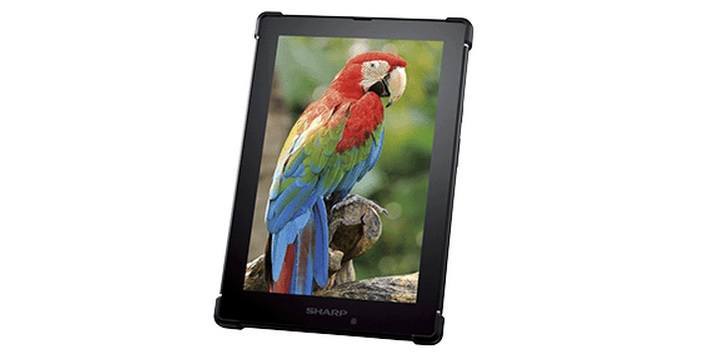
Sharp showed of a prototype 7-inch MEMS (micro-electro-mechanical systems) display tablet back near the start of the year, and has just announced a release schedule for a similar 7-inch MEMS tablet. The MEMS-IGZO tablet, a first in the world of tech, will appear sometime in the first half of 2015, which Sharp says is destined for the corporate market.
The 7-inch tablet is stated to ship with a Qualcomm Snapdragon 800 processor, Android 4.4 KitKat, IPX7 compliant water resistance, and a high-speed LTE modem. However, it’s the state-of-the-art 1280×800 MEMS-IGZO display that is the real talking point here.
MEMS, IGZO?
The tablet’s display is a fusion of Sharp’s research into IGZO (Indium gallium zinc oxide) backplanes and Pixtronix Inc’s, a subsidiary of Qualcomm, MEMS switching technology. You may have seen IGZO mentioned a few times in our discussions about display backplanes, as it’s an up and coming rival to the common place a-Si and LTPS technologies. The backplane is simply the transistor material used to power a display’s backlight, which each have different electrical properties, such as current flow.
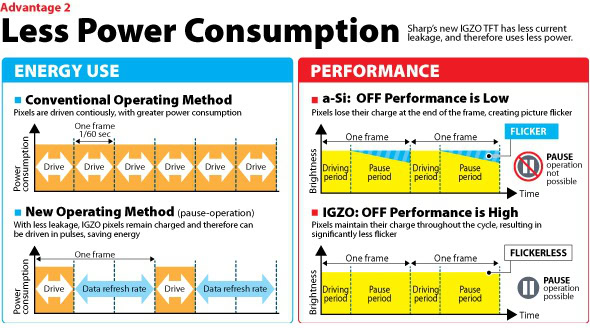
IGZO’s electron mobility sits just behind LTPS’ but it costs less to produce, making it suitable for a range of display implementations. IGZO-TFTs also have a low off current, can be packed into high density panels, and have low noise for touch panels. The technology also isn’t as heavy on power consumption as some other backplane implementations.
Sharp has been using IGZO to power LCD TV’s so far, and the technology has also been found in some small OLED display designs. MEMS, however, is an entirely new take on displays. It uses small electro-mechanical switches to control the flow of light, unlike LCD which uses a filter on top of a white backlight and OLED which directly adjusts the pixel light sources. Display resolution becomes dependant on how small Sharp can shrink the shutters, which is probably why we aren’t looking a 1080p MEMS display quite yet.
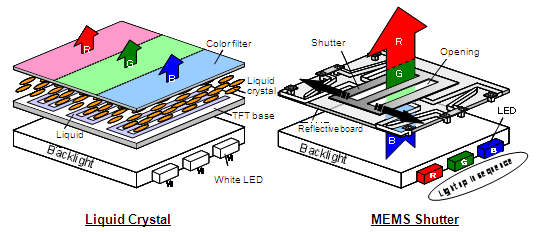
MEMS displays use a backlight technique that is quite similar to LCD, but aim to imitate the flexibility and superior color gamut of OLED. Instead of a constant white backlight, like LCD, the MEMS backlight switches between red, green, and blue at a very high refresh rate. The brightness of each colour is then controlled via a mechanical shutter above the backlight, whereas OLED offers control over the brightness of each RGB pixel. This affords MEMS technology a wide range of control over the display’s output.
Benefits for consumers
MEMS represents a big move away from traditional display technologies, and it has one key benefit for mobile products – energy efficiency. Because MEMS offers flexibility and control over both the backlight and the mechanical filter, it can be easily tailored to best fit different image types and display scenarios. While high contrast, colour filled videos will require fast operation of the MEMS shutters and backlight, images with little color require less timely filtering. Black and white text requires the least filtering of all, which, when combined with an energy efficient IGZO backplane, should result in a high level of energy efficiency.
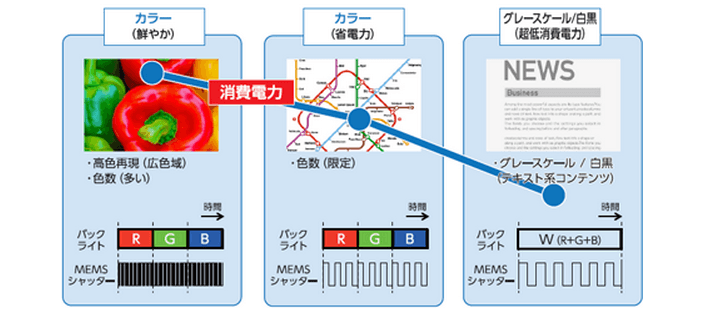
The other benefit of MEMS is high backlight permeation and superior colour reproduction, when compared with LCD. With LCD some of the backlight is obscured and reflected by the liquid crystal filtering layer. The open and close nature of the MEMS shutters means that there is less in the way of the original light source, allowing for a higher peak brightness and a wider range of colors to pass through the filter layer. These are similar benefits to those offered by Samsung’s AMOLED technology.
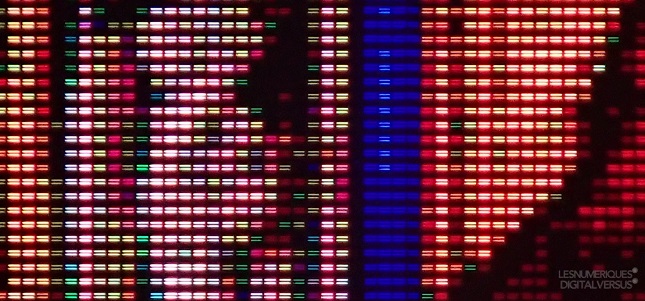
MEMS does have its own potential drawbacks through. Viewing angles can affect the way the light reaches your eye through the MEMS slits, a key issue that Sharp has been working on since the technology was announced Shutter light leakage can cause issues with deep blacks, not unlike current LCD displays. As with all new technologies, we will have to wait and see how much of a real world benefit it offers over refined LCD and OLED displays.
The 7-inch Sharp tablet is still a few months away, but will hopefully be the first in a new range of energy efficient, colour rich MEMS display devices.